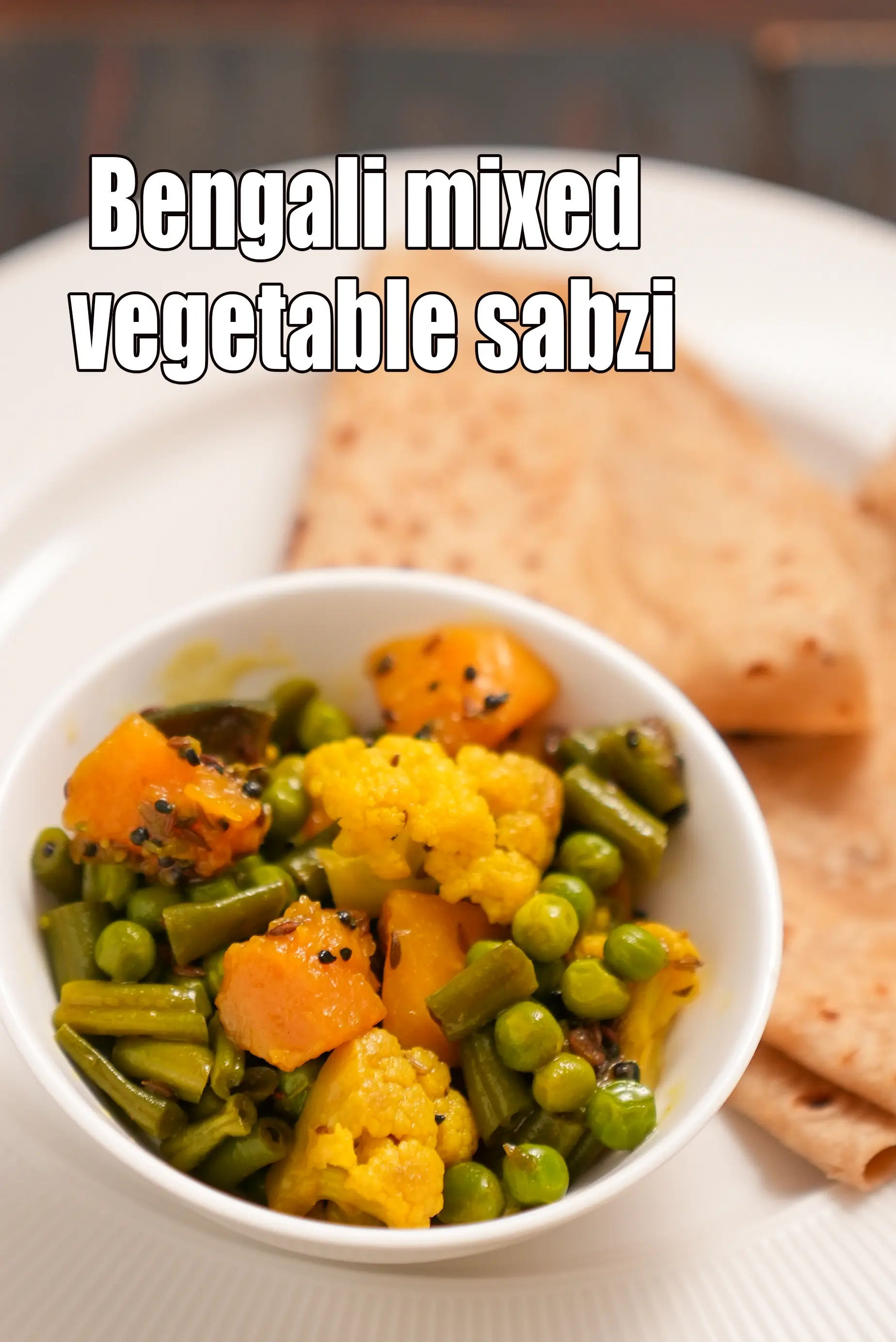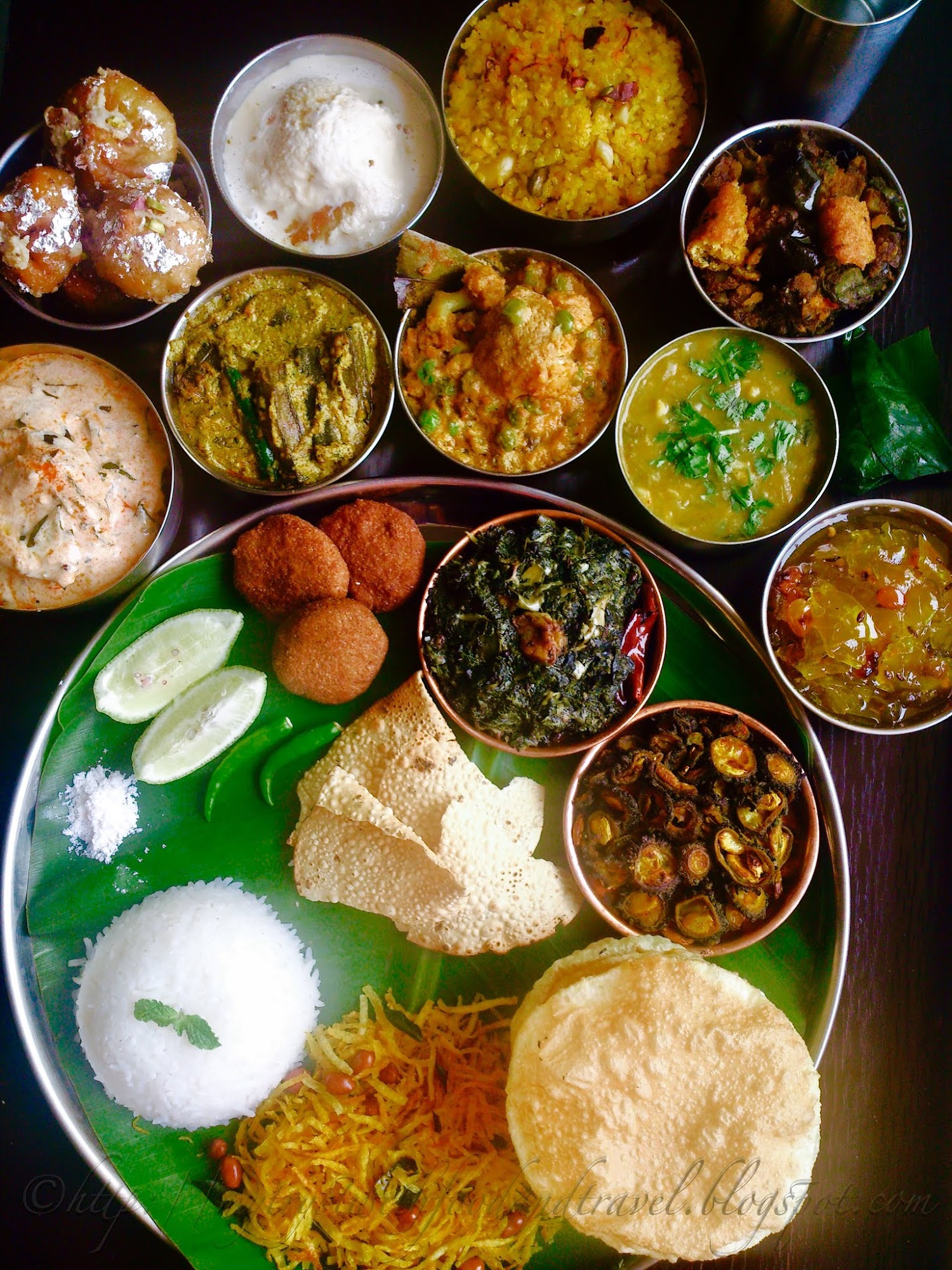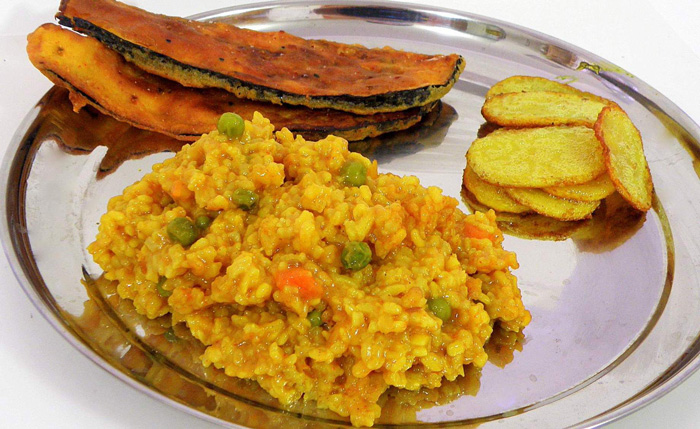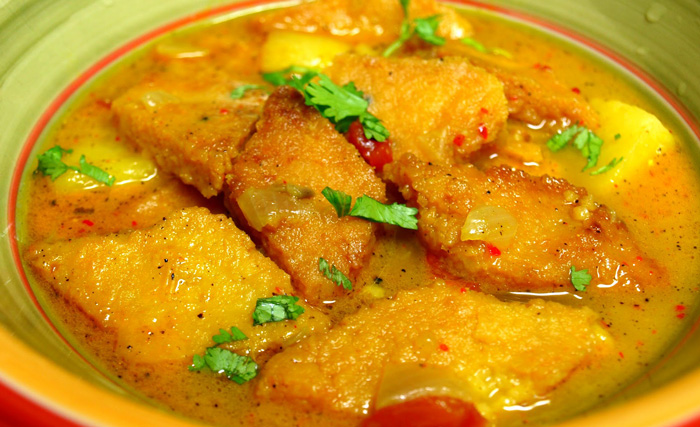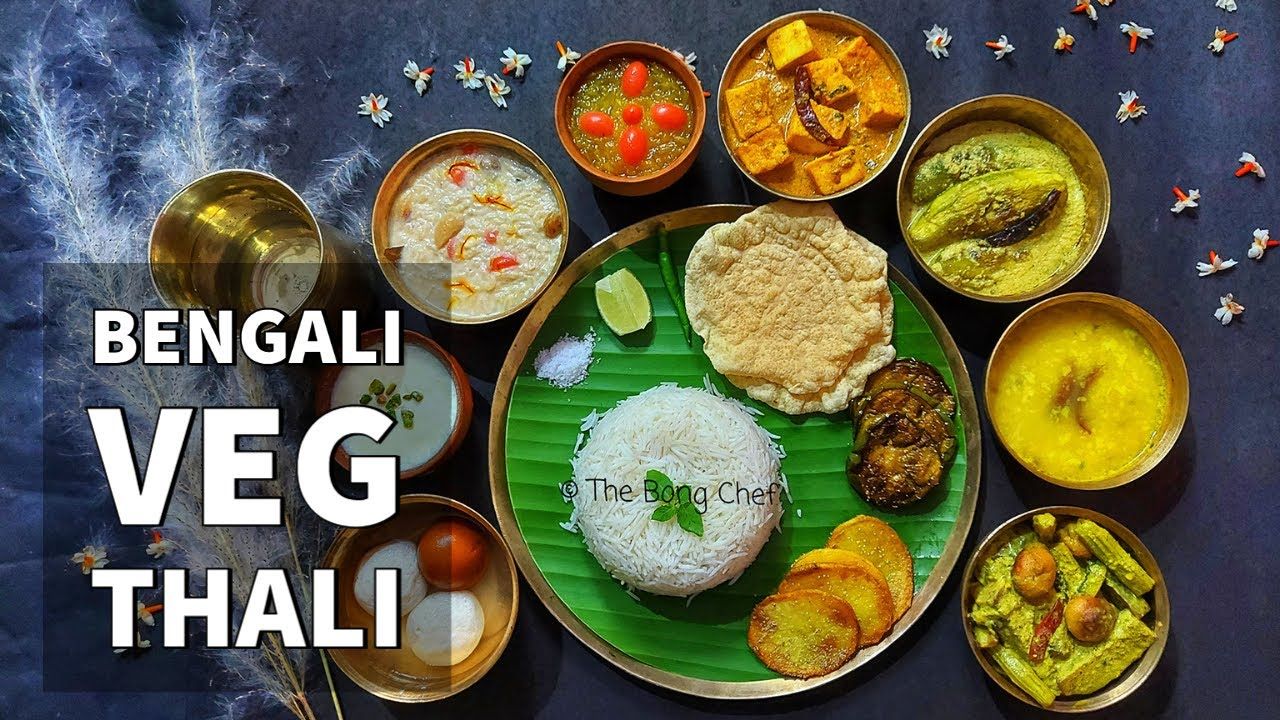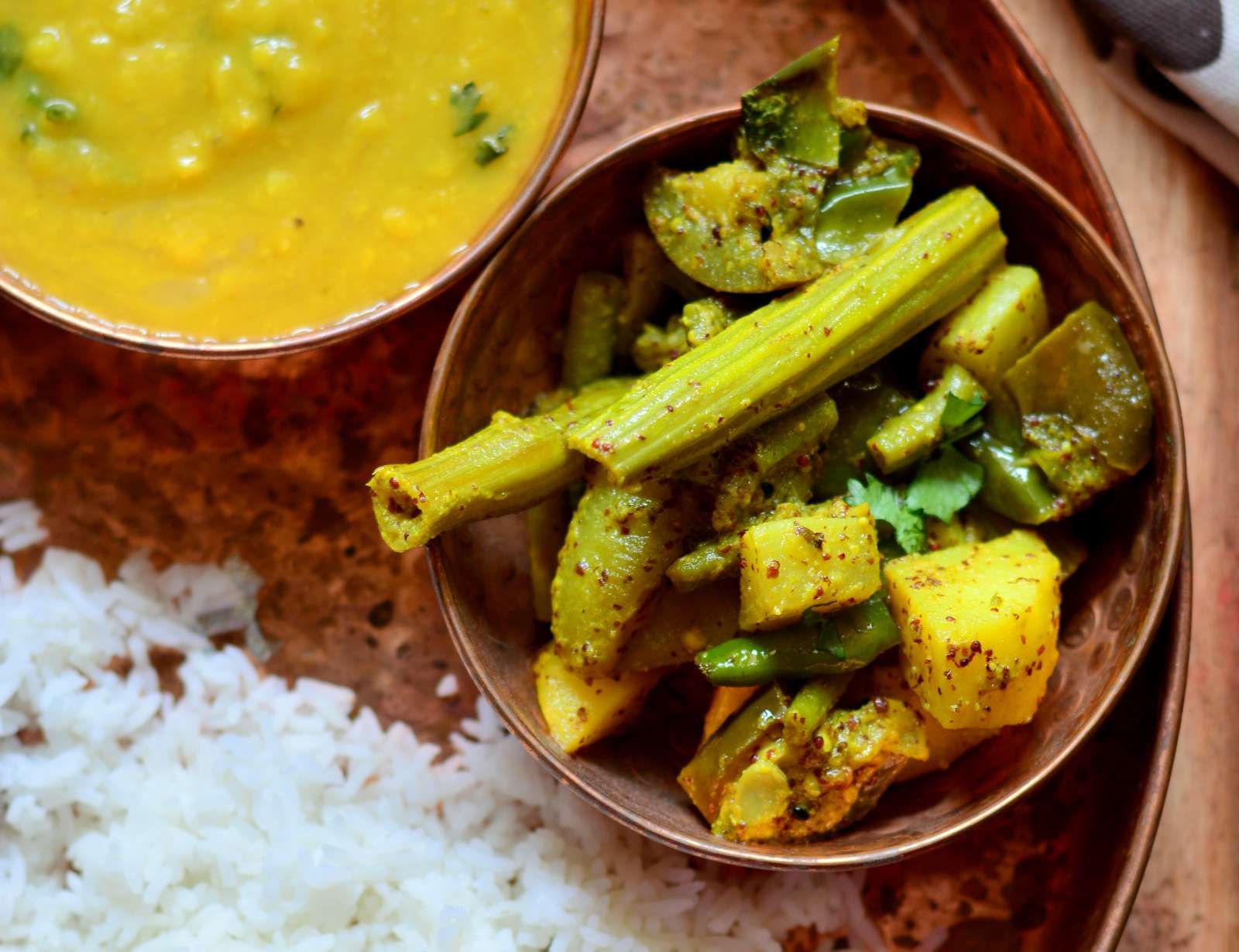Bengali Vegetarian Recipes In Hindi
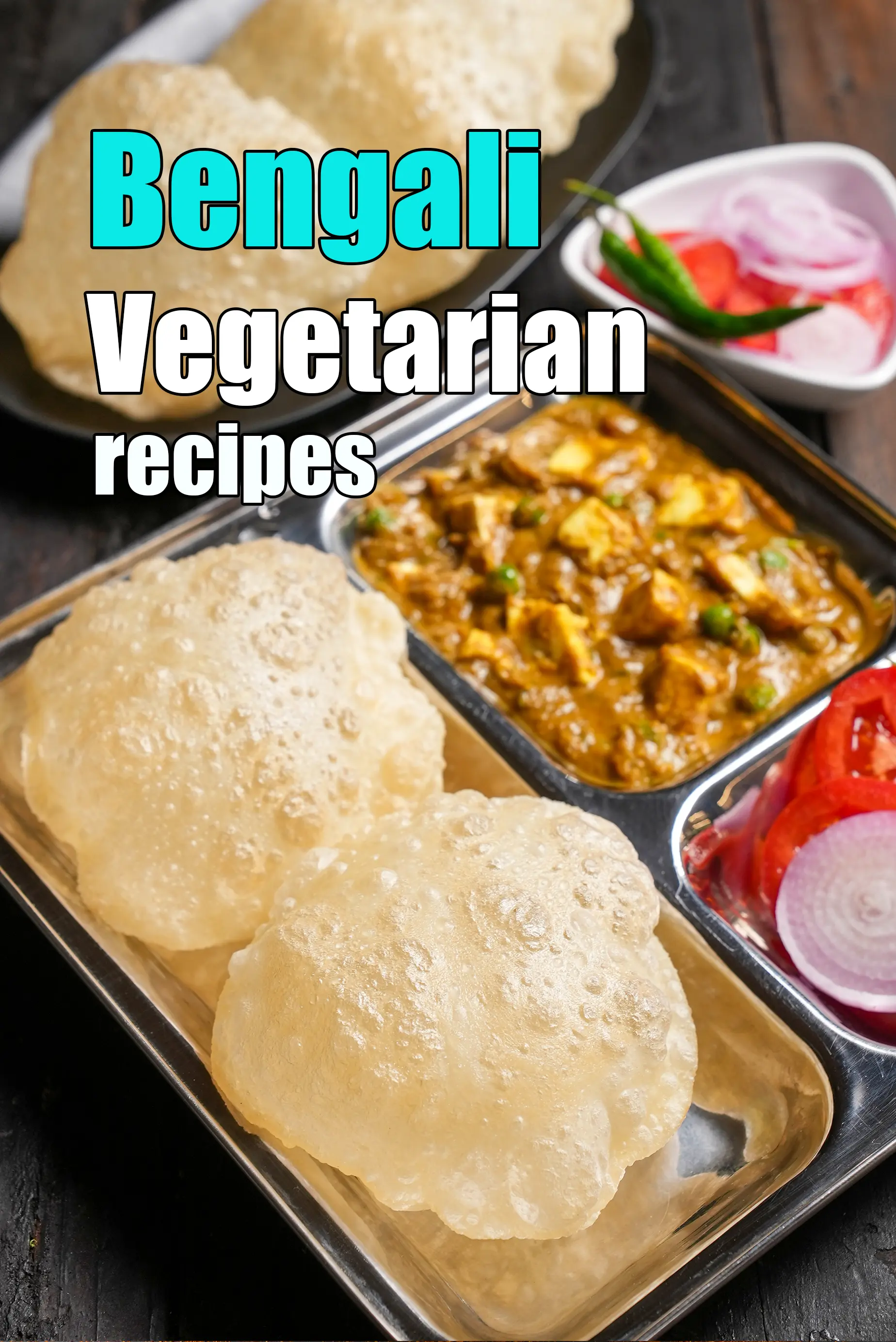
The culinary landscape of India is renowned for its diversity, with each region boasting its own unique flavors and traditions. Recently, there's been a growing interest in Bengali vegetarian cuisine, particularly among Hindi-speaking populations seeking to explore healthier and diverse dietary options. This surge in popularity has led to a greater availability of Bengali vegetarian recipes in Hindi, both online and in print.
This article explores the rising trend of Bengali vegetarian recipes being translated and adapted for Hindi speakers. It delves into the key ingredients, popular dishes, and the cultural significance of this culinary exchange.
Understanding Bengali Vegetarian Cuisine
Bengali cuisine is often associated with fish and meat, but vegetarian dishes hold a significant place in the region's culinary heritage, particularly amongst the Brahmin community and those observing religious fasts.
Key ingredients in Bengali vegetarian cooking include potatoes, eggplant, lentils, various gourds (like pumpkin and bottle gourd), and an array of spices such as cumin, coriander, turmeric, and ginger. Panch Phoron, a unique blend of five spices (fennel, mustard, fenugreek, cumin, and nigella seeds), is also commonly used.
Popular Vegetarian Dishes
Several Bengali vegetarian dishes have gained popularity in Hindi-speaking regions. Shukto, a mixed vegetable stew with a slightly bitter taste, is one example.
Other well-known dishes include Aloo Posto (potatoes cooked with poppy seeds), Dhokar Dalna (lentil cakes in gravy), and Cholar Dal (Bengal gram lentil cooked with coconut and spices).
Mochar Ghonto (banana flower curry) and Labra (a mixed vegetable dish often served during festivals) are also gaining traction.
The Rise of Hindi Translations
The increased demand for Bengali vegetarian recipes in Hindi stems from several factors. Firstly, there's a growing awareness of the health benefits of vegetarianism and plant-based diets.
Secondly, the ease of access to information through the internet has played a crucial role. Numerous websites, blogs, and YouTube channels now offer step-by-step instructions for preparing Bengali vegetarian dishes in Hindi.
"We noticed a significant increase in searches for Bengali vegetarian recipes in Hindi over the past year," says Priya Sharma, a food blogger specializing in vegetarian Indian cuisine. "This indicates a growing interest in exploring regional cuisines and adapting them to personal dietary preferences."
Impact and Accessibility
The availability of Bengali vegetarian recipes in Hindi has made this cuisine more accessible to a wider audience. Individuals who may not have been familiar with Bengali ingredients or cooking techniques can now easily try these dishes at home.
This culinary exchange also promotes cultural understanding and appreciation. It encourages people to explore the diverse culinary traditions within India and to embrace new flavors and ingredients.
Furthermore, the focus on vegetarian options caters to the dietary needs and preferences of a significant portion of the Hindi-speaking population. Many follow vegetarian diets due to religious or ethical reasons.
Future Trends
The trend of translating and adapting regional cuisines for different language groups is likely to continue. With increasing globalization and cultural exchange, people are becoming more open to exploring new culinary experiences.
The availability of online resources and the growing popularity of food blogging and vlogging will further facilitate this trend. Look for innovative fusion dishes that blend Bengali and Hindi flavors.
Ultimately, the rise of Bengali vegetarian recipes in Hindi exemplifies the dynamic nature of Indian cuisine. It demonstrates how culinary traditions can adapt and evolve to meet the changing needs and preferences of a diverse population.
_sabzi-17148.webp)






